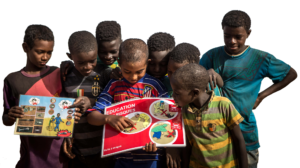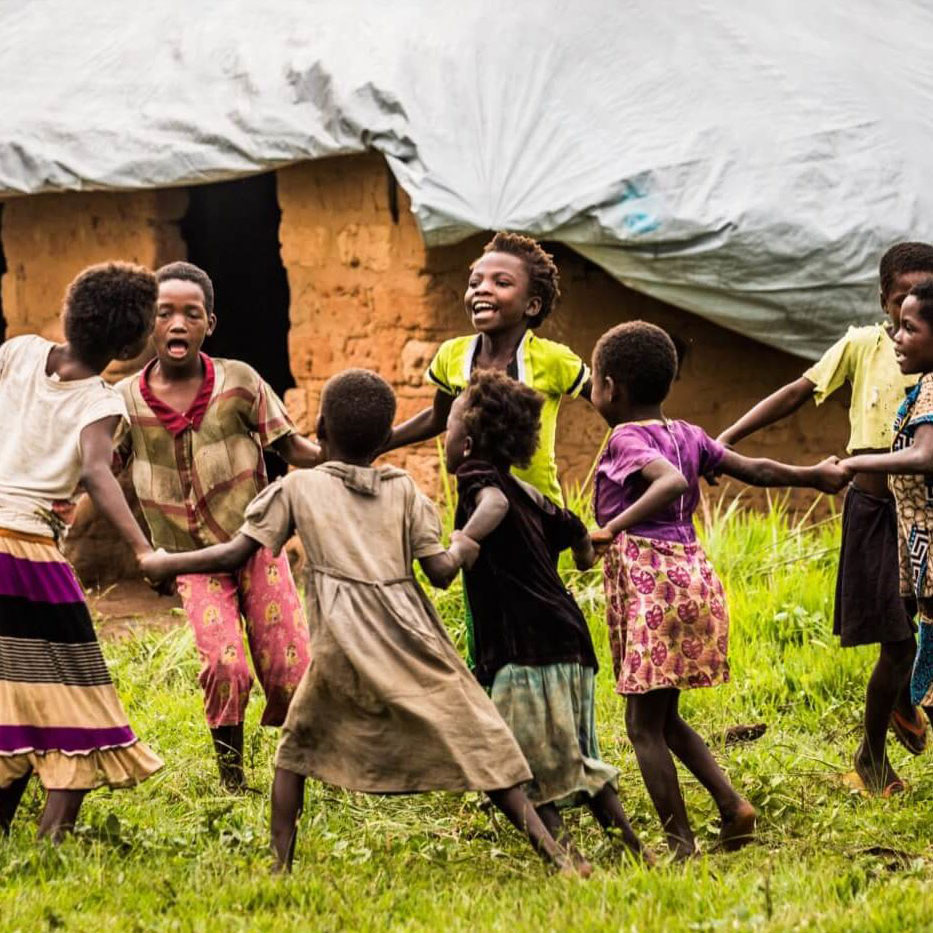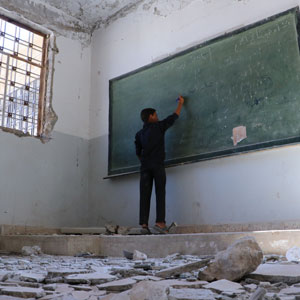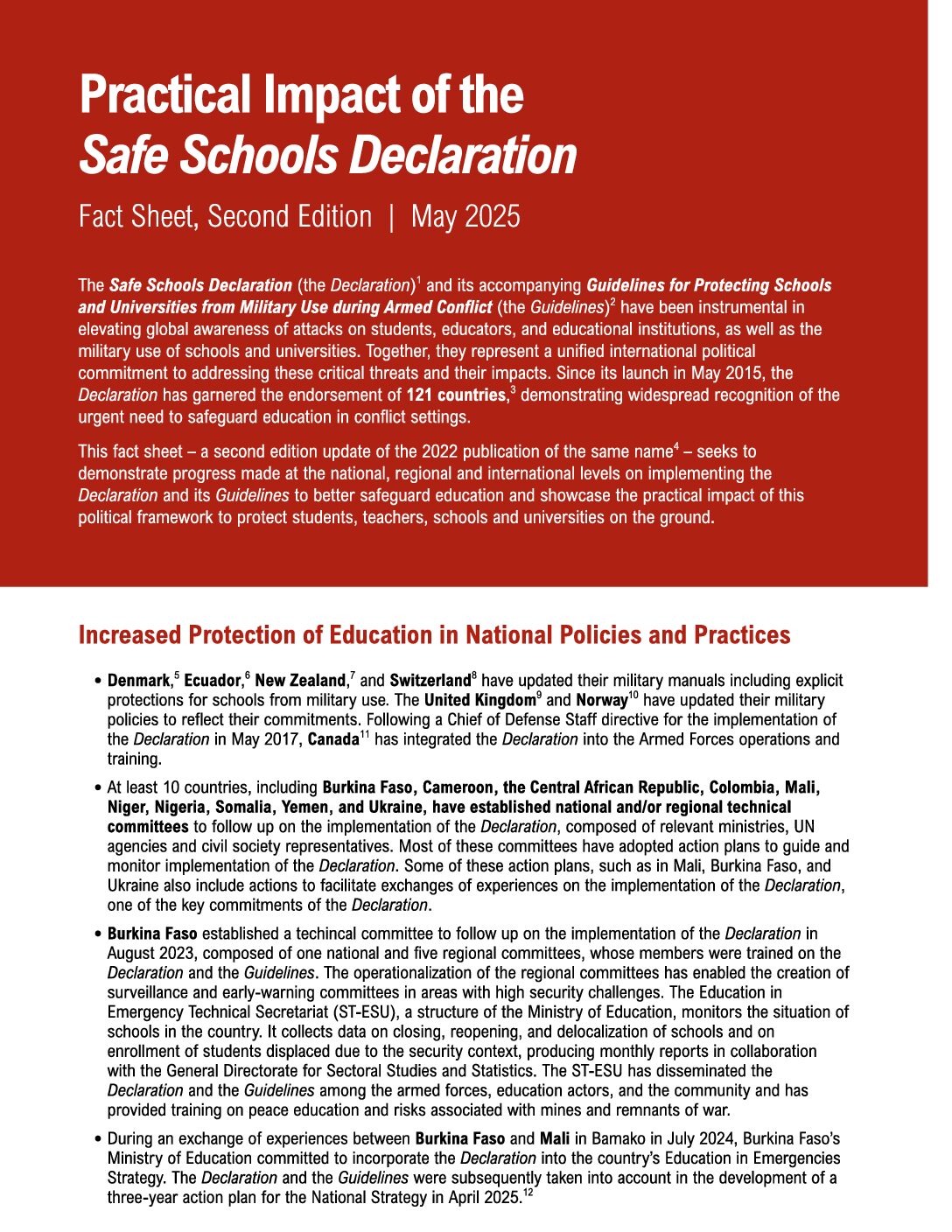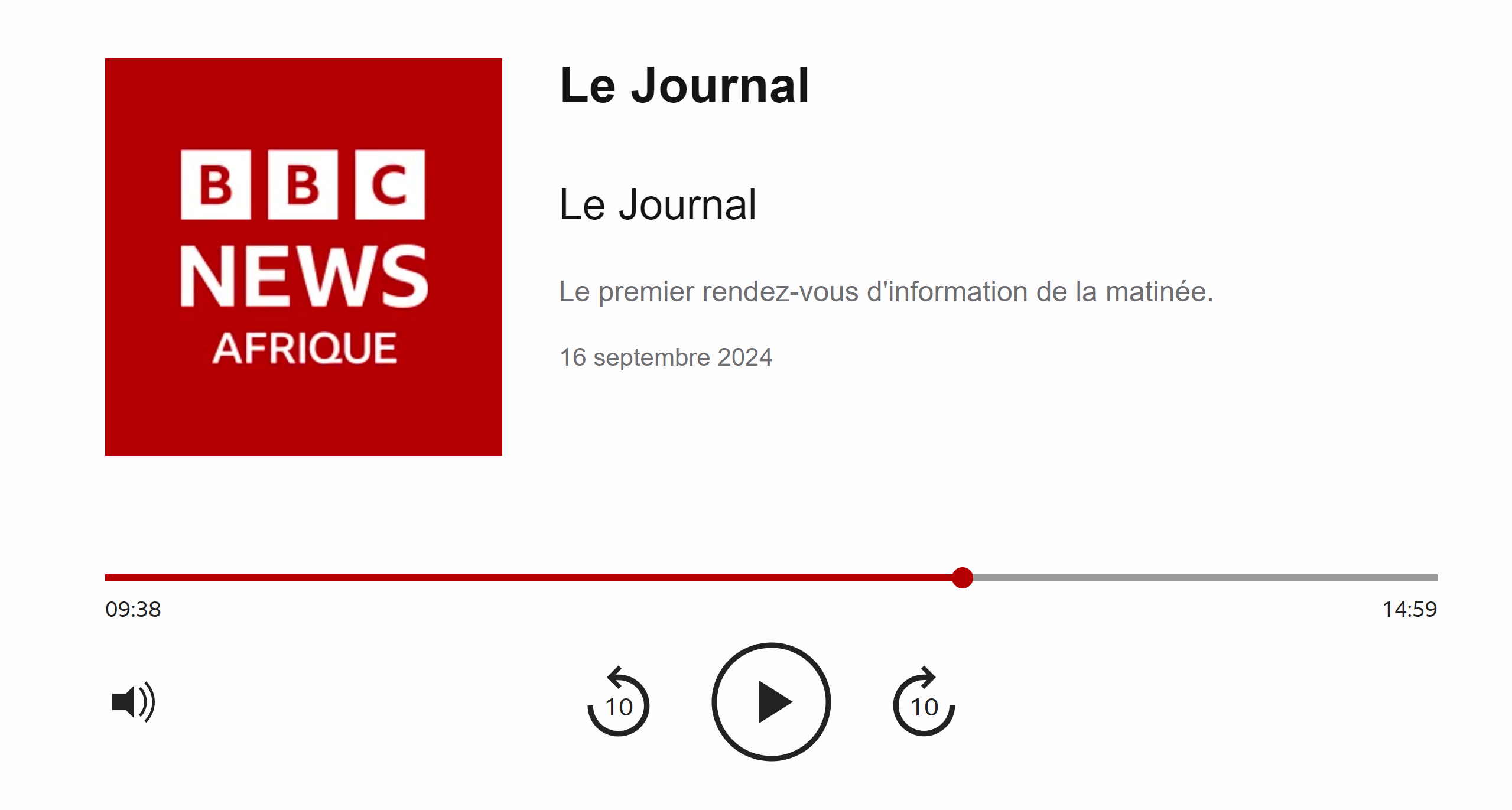GCPEA News
The Right to Education: Regulating the Conduct of Armed Forces Under International Law
Harvard International Review, February 25, 2016
By Zama Coursen-Neff
Paramilitary troops had been living in the classrooms of Tankuppa High School for three years when my colleagues at Human Rights Watch visited the town in India’s eastern state of Bihar in 2009. The soldiers had moved into the school after a group of Maoist rebels attacked and destroyed the police station where the troops were based. On any given day, from 25 to 40 armed men were deployed at the school. They had added brick sentry boxes on the school roof and other fortifications, including sandbags, around the main gate.
The troops—members of the state’s special auxiliary police force—were using eight of the 11 classrooms, leaving the school’s 700 students only the three that remained. Indira, a 16-year-old student, told us, “We are facing problems with our studies. When the students are [all in attendance] we have to stand or sit on the ground … It is very difficult if you sit on the fl oor to write or to take notes of what the teacher is saying.” The paramilitary had also taken over the school’s toilets. “I generally go to a nearby field,” Indira said. “I feel ashamed doing this.”
Along with many of the other students we spoke with, Indira complained that the police presence disturbed her studies. “Sometimes they bring culprits back to the school and beat them,” she said. “I feel very bad when they beat them.” She added, “I feel bad when I’m studying when [the police] are nearby eating, chatting, and doing things that I can’t stand.”
Like Indira, students in the majority of recent conflicts around the world have seen their schools used by warring parties for military purposes. Schools have been turned into barracks, bases, weapons depots, training groups, sniper posts, and even detention and torture chambers.
When troops move in, children are either displaced entirely, denying them education, or forced to try to study alongside armed men. Worse, the military use of schools can turn schools into legitimate military objectives under the laws of war. Children and teachers have been killed or wounded when opposing forces have attacked occupied schools.
Despite such negative effects, this practice was minimally documented—and in some cases even accepted—until recently. However, in a relatively short period, this has begun to change. The United Nations and various countries now have begun to condemn the use of schools by armed forces and non-state armed groups and seek ways to stop it. Countries from around the world came together recently to join a “Safe Schools Declaration,” pledging to protect education during armed conflict.
By joining the declaration, the countries endorsed the “Guidelines for Protecting Schools and Universities from Military Use During Armed Conflict.” These six guidelines, drafted in a consultative process over the last three years, provide clear guidance to governments and non-state armed groups in to avoid using schools in planning and executing their military operations. As of July 30, 49 countries from around the world had committed—and several had already begun—to change their practices.
While it is encouraging that the problem is increasingly recognized and solutions are being identified, serious challenges remain. These include opposition to the guidelines by some large, Western militaries. Ultimately, their objections boil down to their desire to be able to use schools for various military purposes if it suits their needs.
This position may become increasingly indefensible with education on the front line of recent conflict—from the Pakistani Taliban’s horrific school attack that killed over 130 children and Boko Haram abducting schoolgirls in Chibok, Nigeria, to the thousands of schools destroyed or occupied in Syria. At the same time, the numbers of supportive countries and rebel armed groups is growing, and good examples are emerging of how militaries engaged in combat can do so without using schools and putting education in the battlefield.
This article first outlines the problem of military use of schools, its widespread scope and the harm it inflicts on recognized and solutions are being identified, serious challenges remain. These include opposition to the guidelines by some large, Western militaries. Ultimately, their objections boil down to their desire to be able to use schools for various military purposes if it suits their needs. This position may become increasingly indefensible with education on the front line of recent conflict—from the Pakistani Taliban’s horrific school attack that killed over 130 children and Boko Haram abducting schoolgirls in Chibok, Nigeria, to the thousands of schools destroyed or occupied in Syria. At the same time, the numbers of supportive countries and rebel armed groups is growing, and good examples are emerging of how militaries engaged in combat can do so without using schools and putting education in the battlefield. This article first outlines the problem of military use of schools, its widespread scope and the harm it inflicts on children and their education. It looks at how international humanitarian law and human rights law address the problem and considers reasons why, in practice, those protections have not been widely respected. As evidence increases, policymakers and experts have begun to take the issue up, with one result being growing support for the guidelines. The article concludes with three steps that are now needed to ensure that these promising developments become true protections for children, their schools, and their education in wartime.
Military use of schools and universities: widespread, damaging, and unnecessary
In at least 26 countries with armed conflict in the last decade, militaries and armed groups have used schools and universities for military purposes. They include:
1. Syria, where Human Rights Watch has found that both the government and armed opposition groups have used schools as military bases, barracks, detention centers, and sniper posts.
2. Ukraine, where Human Rights Watch has documented the use of schools by both Ukrainian government and Russian backed rebel troops.
3. South Sudan, where the UN verified 60 incidents of troops using schools in 2014.
4. Afghanistan, where Taliban, Afghan National Army, local police, the national police and other Afghan national security forces units, and international forces have used schools, according to the UN.
5. Colombia, where the UN verified use of schools by the rebel FARC-EP (Fuerzas Armadas Revolucionarias de Colombia—Ejército del Pueblo) and by armed forces in 2014.
In some instances, troops pass through only for a few days; in others, occupations last for months or even years. Soldiers have taken over schools that were in session, as well as abandoned schools or those closed for school holidays.
Armed forces may use schools simply because they are convenient—their locations and buildings provide some geographic or political advantages for their military action. The structures may be especially attractive if they have thick walls, electricity, kitchens, or latrines, and in rural areas, a school may be the only government building in the vicinity.
When troops enter schools, these schools are no longer safe places for children. Children may be displaced entirely, forced to travel to other locations to continue their education, or drop out entirely. Other students, like Indira, struggle to go to school alongside armed men. Some students are kept home during these “partial occupations,” especially girls whose parents may fear sexual violence. Classrooms are overcrowded and the quality of teaching affected. Children described witnessing violence or drug and alcohol use by troops, and experiencing threats, sexual harassment, and even efforts to recruit students as fighters. In the worst instances, schools have been attacked by opposing forces, and students and teachers were killed or wounded. When one school is used, opposition forces may suspect that other schools in the area also harbor armed forces, increasing the possibility that other schools will be attacked.
Even occupations of just a few days can be harmful if troops damage or loot the school—for example, burning desks and chairs for firewood, or leaving behind graffiti and ordnance. The Inter-Agency Standing Committee Education Cluster in South Sudan estimated in 2012 that rehabilitating a primary school with eight classrooms after a period of occupation cost approximately US$67,000.
Even after troops have withdrawn, opposing forces may still associate the school with armed forces, placing the student and teachers at risk of a retaliatory attack.
Lack of sufficiently explicit protections in the law
International law contains strong protections for children and education, both during conflict and in times of peace. A careful reading of the laws of war and human rights law reveals provisions that, when taken together, should limit military use of schools. The fact that military use of schools is so widespread suggests that students and teachers would be better protected if militaries and armed groups took steps to avoid military use beyond the strict legal obligations of the laws of war.
International humanitarian law—or the laws of war— regulates the conduct of armed forces and non-state armed groups during times of armed conflict. Parties must distinguish between military objectives and civilians and civilian objects and target only the former. Schools, as with other civilian objects, are protected from attack unless they are being used for military purposes.
While the laws of war do not generally ban the use of schools for military purposes, they do require that parties to a conflict take all feasible precautions to protect civilians and civilian buildings—such as schools—that are under their control against the effect of attacks. Thus, it is unlawful for armed forces and armed groups to use an educational institution without relocating the students and teachers who are using it for education. Intentionally deploying forces among civilians in a school to protect those forces from being attacked can constitute the war crime of “human shielding.” International humanitarian law also obligates warring parties to protect children and to protect access to education.
When government security forces’ use of school affects children’s access to education, they may be violating the children’s right to education guaranteed under international human rights law.
International human rights law protects students and teachers during both peacetime and war. It protects their rights to life and security, as well as the right to education. When government security forces’ use of school affects children’s access to education, they may be violating the children’s right to education guaranteed under international human rights law.
In practice, however, very few countries prohibit their own militaries from using schools. Human Rights Watch has been able to identify only 12 countries with legislation, court jurisprudence, or military orders aimed at restricting military use of schools, and another 5 with protections only for universities. This includes legislation in the Philippines, for example, prohibiting schools from being “utilized for military purposes.” India’s Supreme Court has ordered security forces to vacate all educational institutions—in some states those forces have complied. Colombia and South Sudan have prohibited the practice through military orders although it persists in both places. But these positive examples are still the exception.
Several factors are to blame. First, militaries simply have an interest in maintaining as few limits as possible on how they wage war. Some contend that using a school is the only choice—yet schools are often used when other alternatives— such as tents—are available. Sometimes governments claim that troops are at a school to protect it, when they are really there for their own convenience—possibly placing the children at risk. Others claim that no formal rules are necessary because their troops are not, at that moment, using schools, when those troops have used schools in the past and could again.
Second, the issue has only recently begun to gain international notice. There has been little awareness of how pervasive military use of schools is during war—armed forces have used schools in the majority of recent conflicts—and how badly it harms children.
More broadly, although there is growing understanding among aid agencies and groups that education is essential for displaced and refugee children, education for children affected by war has been a grossly low priority. The fact is that the loss of education inflicts lifelong harm. Beyond that, policymakers allocating international assistance discount the long-term development and security consequences of denying children education during armed conflict. This shortsighted approach is highlighted no more starkly than by the situation for Syrian children, at least half of whom are out of school, according to Save the Children. Accordingly, there has been insufficient impetus to counter the military interest in operating with as few restrictions as possible.
Developing protections for schools and universities
This has begun to change. There is a growing body of research documenting not only that militaries and armed groups are using schools, but also how this use harms children’s safety and education. Human Rights Watch followed its first in-depth report on the practice—in India in 2009—with detailed reports on the topic on Thailand, Somalia, Yemen, and Syria. Documenting military use of schools is now regularly incorporated into Human Rights Watch war reporting. Amnesty International and Save the Children have also covered the issue in their reports.
In 2010, UN agencies and non-governmental organizations came together to form a coalition to address attacks on students, teachers, schools, and other education institutions during armed conflict—the Global Coalition to Protect Education from Attack (GCPEA). The coalition’s recent report “Lessons in War 2015: Military Use of Schools and Universities during Armed Conflict” details the practice globally since 2005.
Information from the United Nations about the subject has dramatically increased since 2011, when the Security Council first asked the secretary-general to report regularly on the problem. The secretary-general’s report for this year documented military use of schools in at least 15 countries.
The UN Security Council has accompanied its request for more reporting with increasingly firm statements against the practice. In June, the Security Council expressed “deep concern that the military use of schools in contravention of applicable international law may render schools legitimate targets of attack, thus endangering the safety of children” and “encourage[d] Member States to take concrete measures to deter such use of schools by armed forces and armed groups.” This was the strongest statement by the Security Council since it first urged parties to armed conflict to refrain using schools for “military operations” in 2009. The Security Council has also twice demanded that schools in Syria be demilitarized.
When it comes to action on the ground, the Office of the UN Special Representative of the Secretary-General for Children and Armed Conflict has taken a visible role and encouraged UN teams in conflict-affected countries to press parties occupying schools to vacate them through its 2014 “Draft Operational Strategy for the prevention of military use of schools.” The UN Department of Peacekeeping Operations in 2012 changed its Infantry Battalion Manual to prohibit peacekeepers from using schools in military operations.
The issue has also been taken up by the Education Cluster, UNICEF, UN Educational, Scientific, and Cultural Organization (UNESCO), the UN refugee agency, the UN Special Envoy for Global Education Gordon Brown, and the committees that monitor the implementation of the Convention on the Rights of the Child and the Convention on the Elimination of All Forms of Discrimination against Women, as well as by local groups, for example in Nepal and the Philippines.
Guidelines to Protect Schools and Universities from Military Use During Armed Conflict
The Guidelines to Protect Schools and Universities from Military Use During Armed Conflict address the gap between the protections provided by international law and the widespread use of schools by militaries around the world. The guidelines provide clear, practical guidance to state armed forces and non-state armed groups on how to avoid using schools and universities for any purpose in support of the military effort. The guidelines resulted from a three-year process of consultation, drafting, and advocacy. Initially led by the coalition, in 2014 the process was taken over by the governments of Norway and Argentina.
By 2011, coalition members had identified the lack of legal prohibitions as a key contributor in schools being used for military purposes. Experts determined that rather than attempt the difficult task of obtaining changes in the law, guidelines were the most practical way to assist troops in the field and to get government support.
The guidelines were developed through a process of extensive consultation. This included a roundtable with experts from governments, militaries, UN agencies, and international and human rights organizations in May 2012, from which the coalition commissioned a former British military officer to prepare a first draft. In November 2012, the coalition convened a larger consultation in Lucens, Switzerland, with representatives from 11 countries, as well as experts in international human rights and humanitarian law, who reviewed the draft and recommended numerous changes.
A drafting committee was formed, including representatives from various countries and other experts, and in June 2013, the “Draft Lucens Guidelines for Protecting Schools and Universities from Military Use during Armed Conflict” were released. For the next 10 months, coalition members met with representatives from the armed forces or the ministries of defense, education, and foreign affairs of 41 countries, as well as the European Union and the North Atlantic Treaty Organization (NATO), to discuss the guidelines.
In June 2014, Norway announced that it would lead the process of finalizing the guidelines and develop a way for countries to commit to putting them in practice. Following further consultations and input from interested countries, the guidelines were released in December 2014 by the Permanent Missions of Norway and Argentina to the United Nations in Geneva.
Norway and Argentina then held state consultations throughout the first half of 2015 to develop a Safe Schools Declaration. The declaration, which endorses the guidelines, also allows countries to express broader political support for protecting education in armed conflict.
On May 28 and 29, Norway hosted the Oslo Conference on Safe Schools for countries to formally join the declaration. Numerous countries and institutions spoke in support, including the International Committee of the Red Cross (ICRC), which supported the process and contributed to drafting the guidelines so long as it was recognized that they did not change existing law but would encourage a shift in behavior. At the conference and in the weeks following, 49 countries joined, thus endorsing the guidelines.
Accordingly, in a relatively short period of time, several dozen countries have come together to denounce and commit to ending a practice that a decade ago was unrecognized as a common feature of war. While such rapid response provides the chance for more children to benefit quickly, some countries objected to the speed of the process. These included the major military powers Canada, France, Germany (which was especially vocal), Pakistan, the United Kingdom, and the United States. Seemingly unwilling to publicly defend the practice of military use of schools, these countries complained that there had been insufficient consultation and that existing laws of war were enough to protect schools, a claim belied by extensive practice around the world.
The Way Forward for Protecting Universities
Looking ahead, at least three strategies are needed to continue and increase the momentum toward getting troops out of schools.
First, the practice needs to be further stigmatized. This requires more frequent and more critical reporting in the media. Students, teachers, and others involved in education need more ways to report what they are experiencing. The need to restrict military use of schools is compelling and has common sense appeal: it resonates across disciplines. Government leaders and opinion makers should denounce the practice to help create greater momentum for change.
Second, more countries should join the Safe Schools Declaration and make the voluntary commitment to regulate their own military’s use of schools and protect children on the battlefield. Mounting evidence may convince objecting countries that military use of schools costs more strategically than it gains, both in terms of losing “hearts and minds” and in canceling out the very aid money for education that many of those countries contribute.
Non-state armed groups can also make commitments to avoid using schools, including by implementing the guidelines and through the non-governmental organization Geneva Call’s Deed of Commitment for the Protection of Children from the Effects of Armed Conflict, which had been signed by 17 groups as of June 2015. Regional bodies such as the African Union, the European Union, NATO, and the Organization of American States should take up the guidelines and use them as well.
Finally, those promises need to be realized. Countries should change their laws and military policies to reflect the guidelines and provide clear instructions to their troops, who in turn should be trained and supervised not to use schools. Beginning now, the goal is for more children to study safely, even during insecurity and conflict, by keeping armies out of the classroom.
